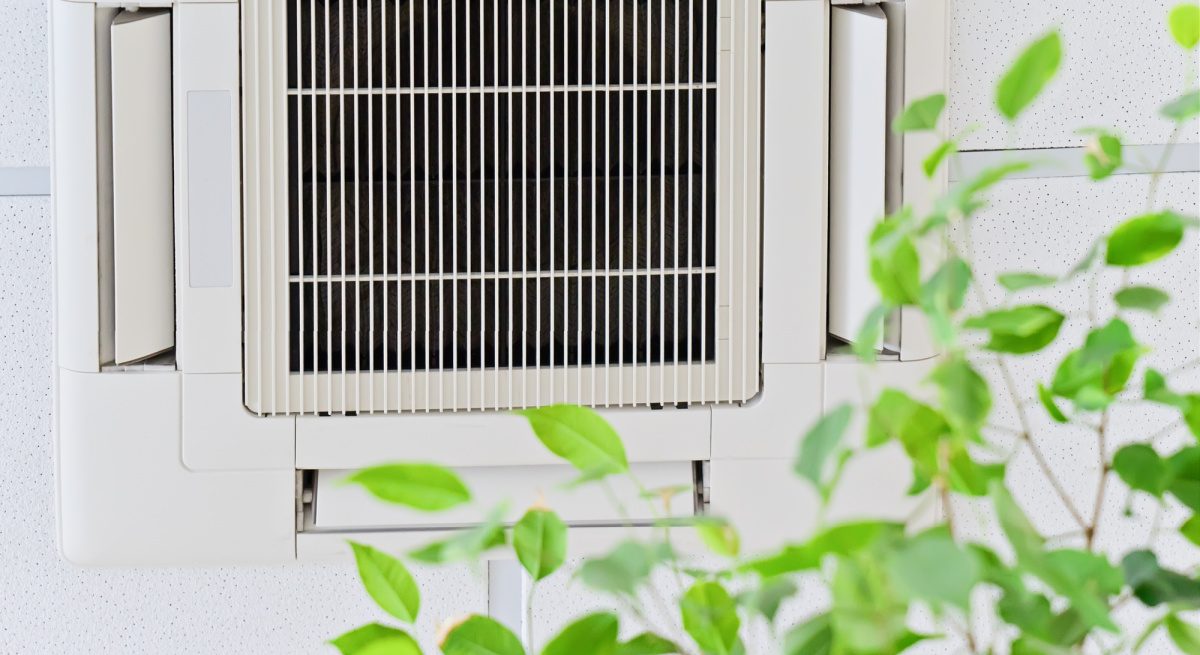Today’s Specials Include … Healthy Air
3 Min Read By Tony Abate
Closings and partial re-openings due to COVID-19 have made for difficult times for restaurants, and many businesses have remained closed or are severely impacted even if still open. One major issue is that consumer confidence has been shaken, as patrons wonder if it’s safe to dine indoors, even with social distancing and PPE.
In fact, a recent survey from Azurite Consulting found 44 percent of at-risk customers would not go to a restaurant until there is a vaccine, 85 percent wanted to see multiple safety measures implemented before they went out to dine, including 53 percent demanding tables be at least six feet apart, and 61 percent of customers expect all staff to be masked.
As restaurants are in different phases of re-opening, many things taken for granted in the past are now being carefully considered in light of the pandemic. Patron traffic patterns, distancing, seating, wearing of facemasks, and enhanced cleaning are all a part of the new normal as restaurants strive to provide for a safe indoor dining experience. One crucial aspect that may have been taken for granted but should be carefully considered as it touches every person and every surface, is the air.
Indoor air and the indoor environment have always been important to a pleasant dining experience with the delivery of fresh and odor-free air. But it is now critical for restaurant operators to communicate all of the measures taken to mitigate the transmission of viruses, both as a safety measure and as a business enabler that can promote consumer confidence. In the wake of COVID-19, restaurants that can serve up healthy air quality will have a major advantage over competitors in a tight market.
Patron traffic patterns, distancing, seating, wearing of facemasks, and enhanced cleaning are all a part of the new normal as restaurants strive to provide for a safe indoor dining experience.
Indoor air quality in the past was usually addressed by moving air and filtering air through the HVAC system. While adequate for basic air quality, this is insufficient for a virus that is an extremely small particle. COVID-19 is .1 micron (a micron equals 1/25,000 on an inch), and so finding a solution that can eliminate this threat is crucial for consumer and workforce safety, as well as for the business viability. Not all solutions can deliver this.
Your filtration should be enhanced. If the air system can allow a HEPA filter, you will need one with a Minimum Efficiency Rating Value between 17 and 20 to impact the COVID-19 particle. However, many air systems cannot accommodate this degree of filtration because of insufficient airflow. Ultraviolet light technology is another option, and has a proven ability to disinfect surfaces. This should be used on conditioning coils, drain pans and other surfaces in the HVAC system, but this is likely to be impractical to disinfecting your entire restaurant space, but it is important to preventing microbial growth within your air system. It is also important to check that your ventilation system is designed in compliance with American Society of Heating Refrigerating and Air Conditioning Engineers (ASHRAE) standards.
Where these technologies fall short, active technologies that address contaminants in the occupied space of the restaurant should be integrated. Bi-polar air ionization, a technology used for decades worldwide, can provide many benefits to clean restaurant air and surfaces. Bi-polar ion systems integrate with existing AC systems and saturate the air with positive and negative ions. These bi-polar ions neutralize organisms like viruses and bacteria by disrupting their protein membrane (those spikes on the cells) and effectively kill them without filtration both in air and on surfaces. These systems have been tested to more than 99.9 percent effectiveness on the Coronavirus. (And, as an added bonus, bi-polar ionization neutralizes odors and other contaminants, helping your air feel fresh and clean besides.)
Bi-polar ionization, combined with the other air technologies mentioned and other strategies like distancing, PPE, traffic flow, hand sanitizer, increased hand washing and enhanced surface cleaning, make up layers of protection that help to deter the spread of viruses, bacteria and other organisms that can make a space unhealthy.
Carefully considering the air and using it as a force to clean and disinfect, instead of something to be feared, is a strategy that all restaurant operators should aggressively approach and promote to their patrons. By providing a safe, pleasant and healthy indoor dining experience, restaurants can help to hasten the return of customers and keep everyone safe.


